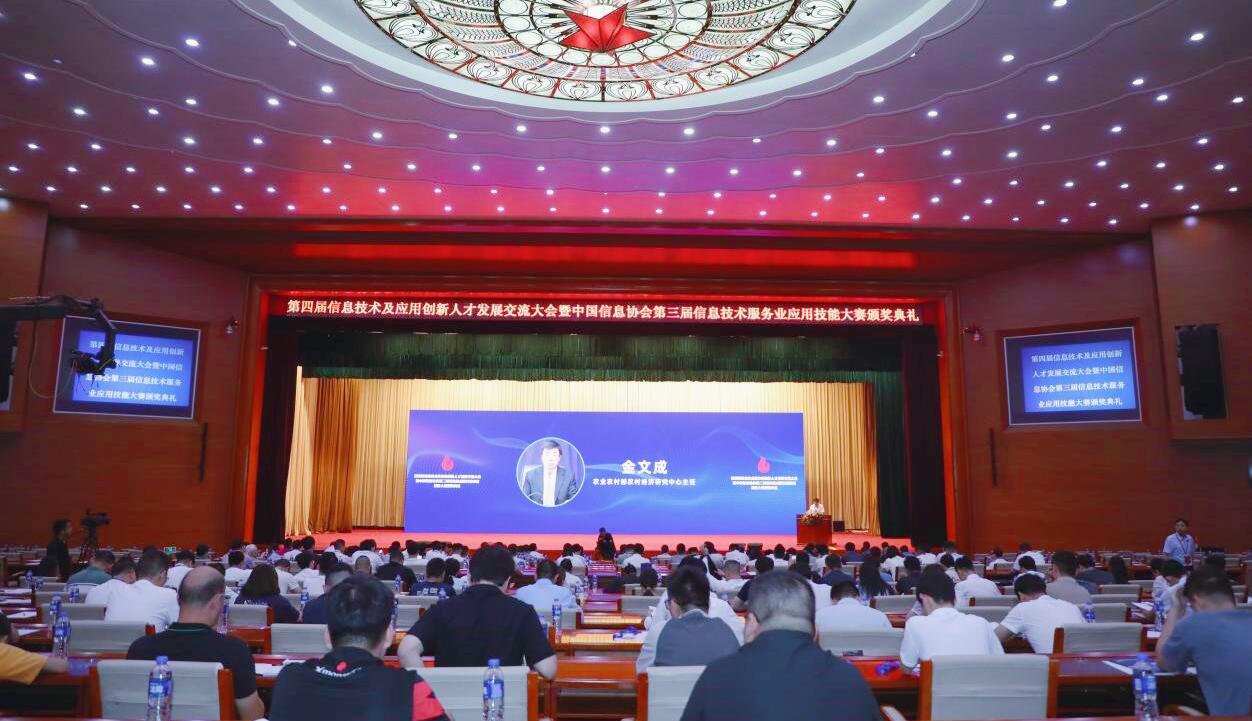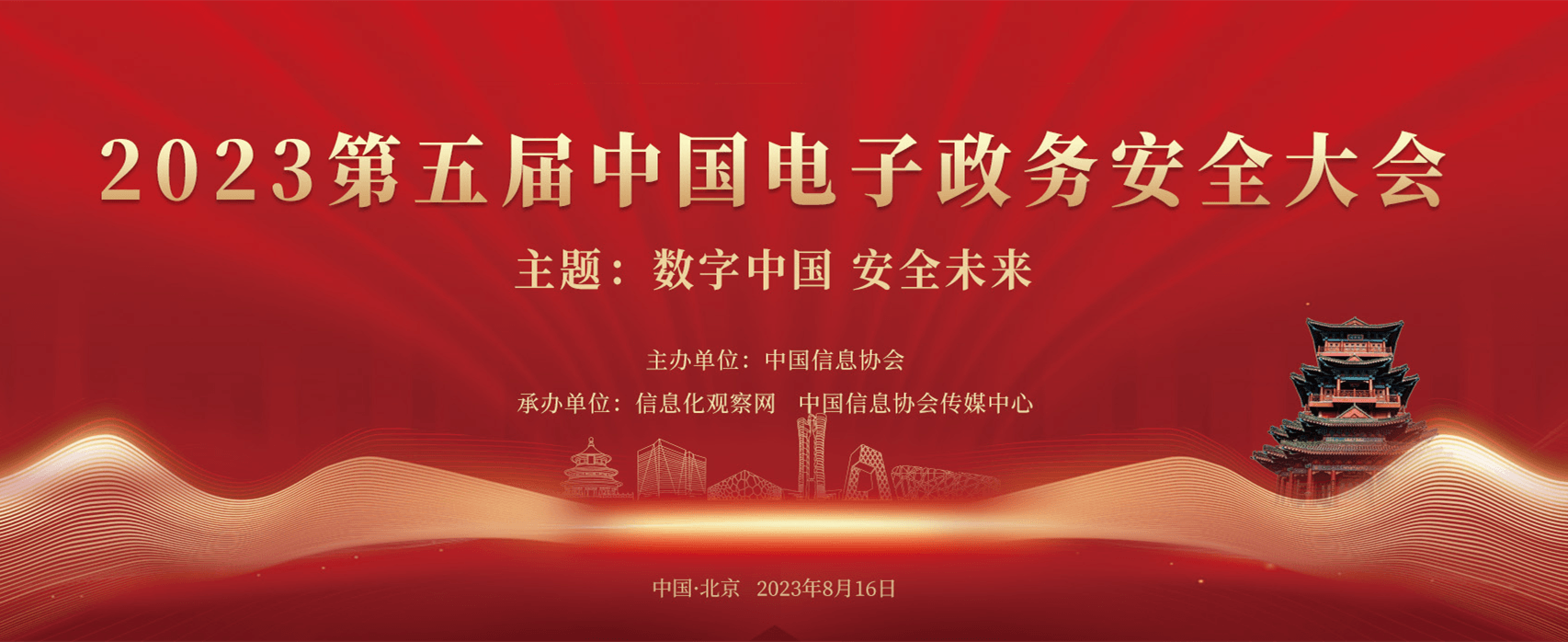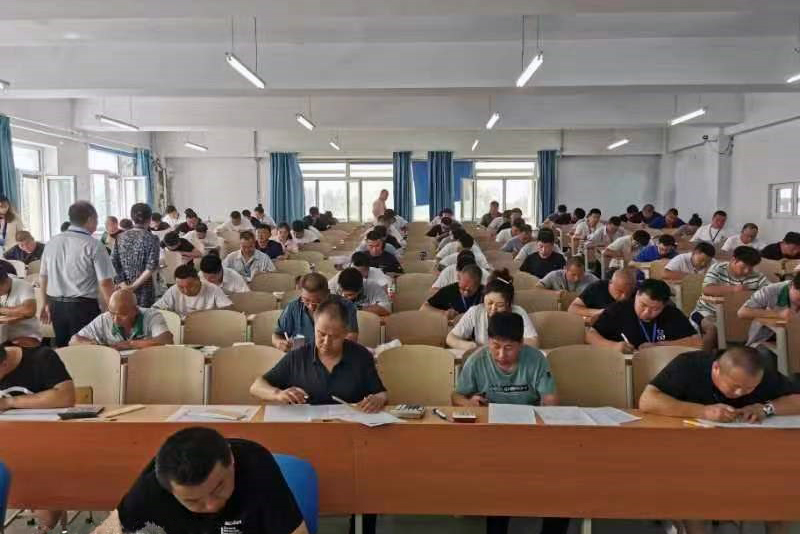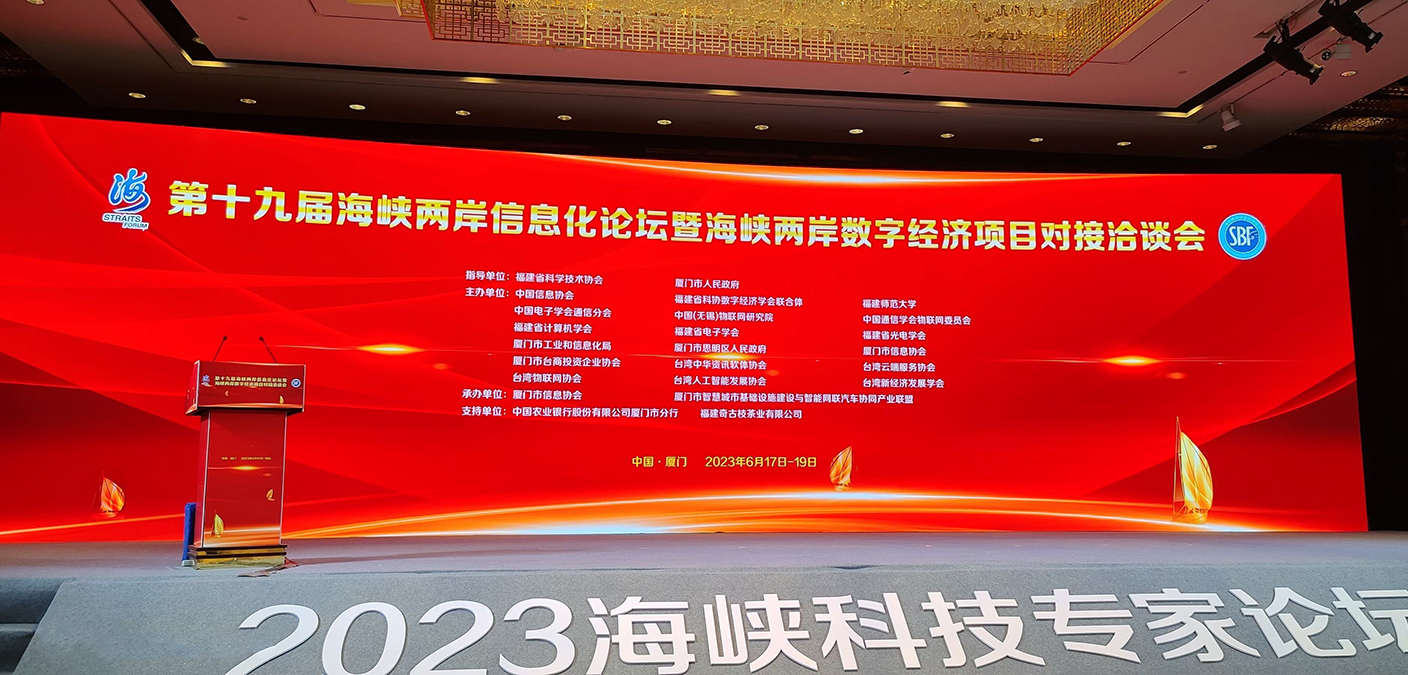一體化芯片同時集成激光器和光子波導 有望催生更精確原子鐘實驗
來源: ?科技日報
作者:
發布時間: 2023-08-11
科技日報北京8月10日電 (記者劉霞)美國加州大學圣巴巴拉分校與加州理工學院的科學家攜手,開發出了首款同時集成激光器和光子波導的芯片,向在硅上實現復雜系統和網絡邁出了關鍵一步。此類光子芯片有助科學家開展更精確的原子鐘實驗,減少對巨型光學工作臺的需求,也可用于量子領域。相關論文已發表于近日出版的《自然》雜志。
集成電路出現后,科學家們開始將晶體管、二極管和其他組件集成在一個芯片上,這大大提高了芯片等的潛力。在過去幾年里,光子學領域的科學家一直希望能實現同時集成激光器和光子波導。
為研制出此類芯片,工程師們開發了插入式隔離器,以防止可能會出現的導致芯片不穩定的反射。但這種方法需要使用磁性材料,而這也會引發新的問題。在最新研究中,科學家找到了解決這些問題的方法,創造出了第一個真正可用的集成芯片。
研究人員首先在硅襯底上放置一個超低損耗氮化硅波導,隨后在波導管上覆蓋多種硅,并在其上安裝了低噪聲磷酸銦激光器。通過將兩個組件隔離開,防止了蝕刻過程中對波導的損壞。
研究團隊通過測量芯片的噪聲水平來測試其性能,結果令人滿意,隨后他們用其制造出一個可調諧的微波頻率發生器。
- 上一篇:迄今最薄芯片級光線路2D波導面世
- 下一篇:量子材料表現出類腦“非局部”行為
- 協會要聞
- 通知公告
-
- • 關于舉辦網絡安全體系建設、安全能力評估與攻防實戰培訓的通知
- • 2023(第五屆)全國政務熱線發展論壇在武漢隆重召開
- • 首屆數字全民國防教育高峰論壇將于10月13日在京舉辦
- • 關于舉辦新一代信息技術在數字檔案館(室)建設中的應用暨檔案信息化管理高級培訓班的通知
- • 第四屆信息技術及應用創新人才發展交流大會暨中國信息協會第三屆信息技術服務業應用技能大賽頒獎典禮在京隆重召開
- • 2023(第五屆)中國電子政務安全大會在京成功召開
- • 2023(第五屆)全國政務熱線發展論壇將于9月20-21日在武漢舉辦
- • 關于舉辦2023信息技術應用創新博覽會的通知
- • 關于舉辦第十三屆能源企業信息化大會的通知
- • 中國信息協會首次職業技能等級認定考試在黑龍江省舉行



